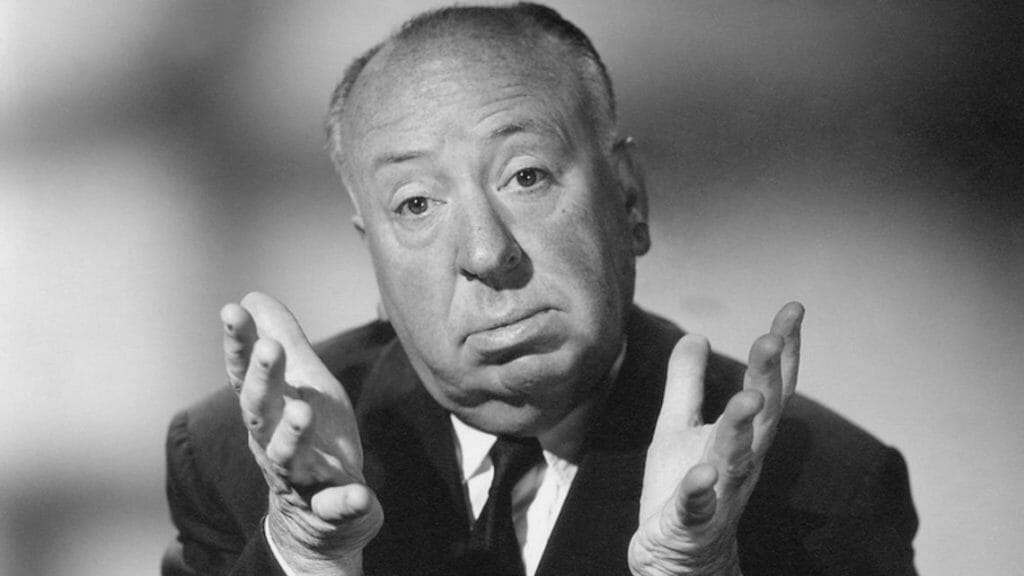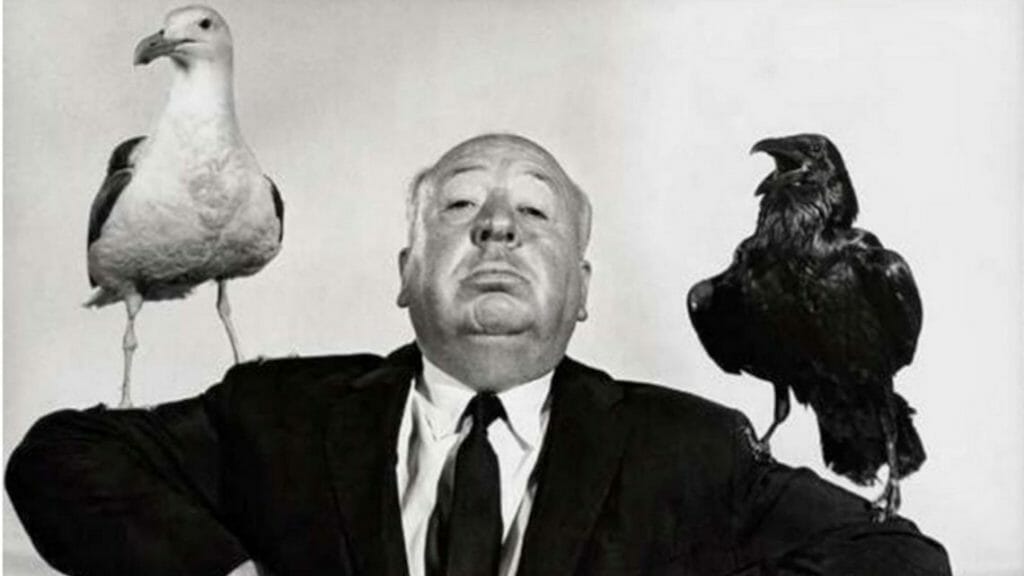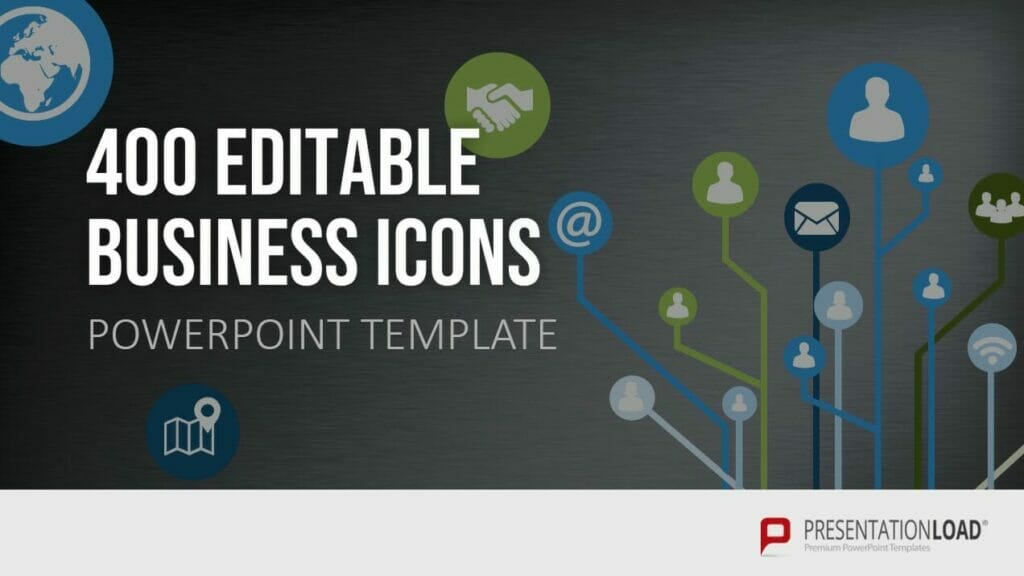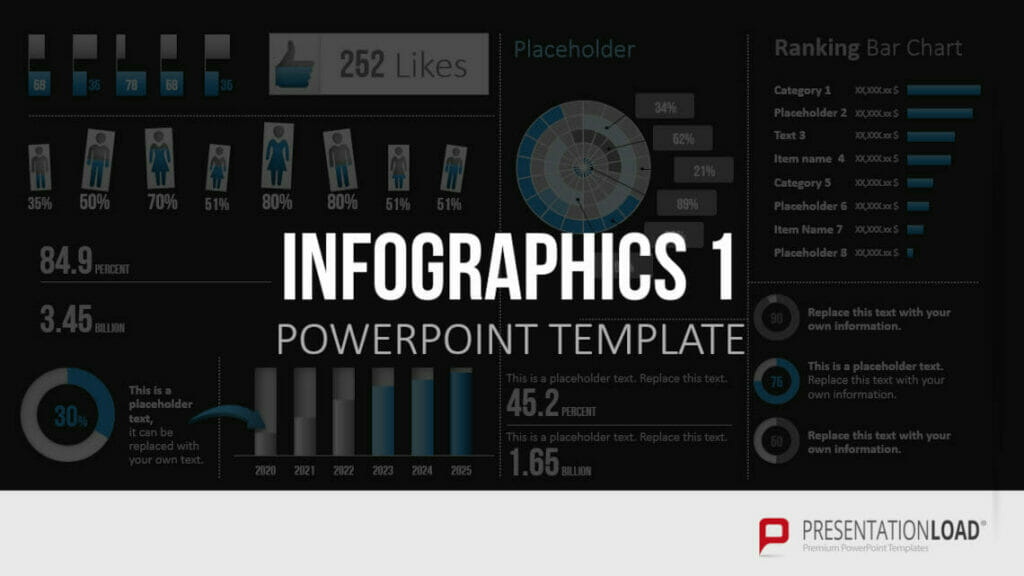
How We Can Learn from Alfred Hitchcock to Deliver Captivating Presentations – 8 Techniques
Hitchcock had a special talent for drawing the audience into his world, building suspense, and keeping us on the edge of our seats until the end.
What techniques did he use, and how can they be applied to the world of presentations?
Who is Alfred Hitchcock?
Alfred Joseph Hitchcock was born in 1899 and was a British film director, screenwriter, film producer, and film editor.
To this day, Hitchcock remains one of the most influential film directors, known for his unique style. His main motifs in films were fear, guilt, and identity loss, which he skillfully underscored with his established concepts of suspense and the MacGuffin.
Storytelling through the eyes of the master
When we talk about Alfred Hitchcock, we are not just talking about a brilliant filmmaker but also about the master of storytelling. Hitchcock succeeded in not only captivating but also captivating his audience with his films and stylistic elements like the MacGuffin.
This point is crucial when it comes to applying it to presentations: your presentation must captivate the audience. Your goal is to persuade with your content, and this can only be achieved by holding their full attention throughout the entire presentation. A proven technique for this is storytelling.
You can find a detailed article on this topic in the post “Storytelling in PowerPoint.”
So, how can Hitchcock’s styles be helpful for presentations? Below, we present eight techniques that you can apply to presentations:

The MacGuffin
Hitchcock was famous for his use of the “MacGuffin,” an element of the story that drives the plot but is otherwise insignificant. The MacGuffin is, in a sense, incidental but adds to the suspense. It could be a mysterious suitcase, a secret plan, or a minor character.
In a presentation, the MacGuffin technique can be used to captivate the audience. A MacGuffin could be a question, a problem, or a challenge that you highlight during the presentation and attempt to solve.
For more information on the MacGuffin, you can refer to this video.
“Show, Don’t Tell”
Hitchcock rarely directly explained the plot but preferred to show it through visual cues and the actions of the characters.
In presentations, this can be achieved by using visual aids, diagrams, or stories to illustrate points instead of merely verbal explanations.
Hitchcock often used image overlays to convey complex information or create a specific atmosphere. In your presentation, you could overlay images to depict connections or create visual effects that impress the audience.
Additionally, visually appealing suspenseful transitions can be effective. Hitchcock was famous for his seamless and captivating scene transitions. You can create similar smooth transitions between slides in your presentation using animations or morph effects.
Using visual elements helps to convey complex information better than walls of text or verbal explanations. Therefore, skillfully use elements that are suitable for your content. You can utilize PresentationLoad slides, such as those below:
Building Suspense
Hitchcock was a master at building suspense. He often let the audience know that something was about to happen before it actually did.
This technique can be applied to presentations by making announcements or giving previews of upcoming points. It keeps the audience engaged and attentive.
Utilizing Music and Sound
Hitchcock effectively used music and sound to create moods and drive the plot forward.
In presentations, incorporate this technique by including audio or video elements that support your message and direct the audience’s attention. Videos are visually engaging and versatile. You can learn how to embed videos in presentations from the article “Inserting Videos in PowerPoint.“
Unpredictability

Hitchcock was known for leaving the audience in suspense and surprising them.
This technique is highly transferable to presentations. By introducing unexpected twists or surprising information, you pique the audience’s interest. This could be an unexpected statistic, an anecdote, or a visual element with a wow factor that surprises the audience.
Use confusion and ambiguity strategically for surprise effect. Hitchcock was known for his ability to create confusion and ambiguity to captivate the audience. In your presentation, you could deliberately raise questions or present apparent contradictions that you later resolve to increase the audience’s interest.
Eliciting Emotions
Hitchcock knew how to evoke emotions in the audience. In your PowerPoint presentation, you can use emotional appeals or stories to establish a connection with the audience and engage them in the topic.
Emotions trigger feelings that lead to purchases or deeper interest in your presentation content.
Utilize the Point of View (POV) as well. In Hitchcock’s films, perspectives from the characters’ point of view were often shown to emotionally involve the audience. In your presentation, you can use this technique by adopting the audience’s perspective and attempting to present your content from their viewpoint to establish a stronger connection.
Tips are available in the articles “Emotions in Presentations” and “Humor in Presentations.”
The Power of Pauses
Hitchcock used pauses and moments of silence to build suspense and captivate the audience in his films.
You can use this technique by occasionally incorporating pauses in your presentation to let important points resonate or give the audience time to reflect.
Repetitions and Motifs
Hitchcock often used recurring motifs and images in his films to reinforce specific themes.
In your PowerPoint presentation, you could use similar images or slogans to emphasize key points and achieve a stronger impact. Generally, make sure to repeat your key message(s) throughout the presentation to remind your audience regularly. This will help it stay in their memory.
Conclusion: Skillfully Applying Hitchcock’s Techniques in Presentations
The art of storytelling is equally important in the film industry and in the world of presentations.
A well-told story can shape thoughts, evoke emotions, and change behavior. It can inspire us and reach us in a way that pure facts and figures often cannot. By adeptly using the presented techniques, you can successfully persuade in your future presentations.
Do you have any questions about this article? Feel free to contact us via email at [email protected]. We’re here to assist you!
Are you looking for visually supporting and professionally designed slide templates? Feel free to browse our shop. Here, we have numerous slides prepared for download on various (business) topics. Visit our shop today! ► Shop
You might also find these articles interesting:








